



Check the water supply first; a consistent flow is vital for optimal operation. Low water volumes can lead to inadequate performance. Ensure your garden hose is free of kinks and that the water tap is fully open.
Inspect the unit for any blockages in the nozzle or other components. A clogged spray tip hampers fluid delivery and results in decreased force. Cleaning or replacing these parts as needed can often restore functionality.
Examine the seal on the pump. Leaks can significantly affect the operation, so addressing any damaged seals is crucial. Additionally, verify that fittings and connections are secure to prevent any loss of fluid.
Evaluate the motor and electrical connections. If the equipment is losing strength during operation, it may be due to an electrical issue or insufficient power from the outlet. Ensure you are using the correct voltage and that the extension cord isn’t too long or damaged.
Lastly, ensure regular maintenance is part of your routine. Clogged filters, worn-out components, or insufficient lubrication can contribute to a decline in output. Following the manufacturer’s guidelines will help preserve functionality and extend the life of your equipment.
Understanding the Reasons for Low Output
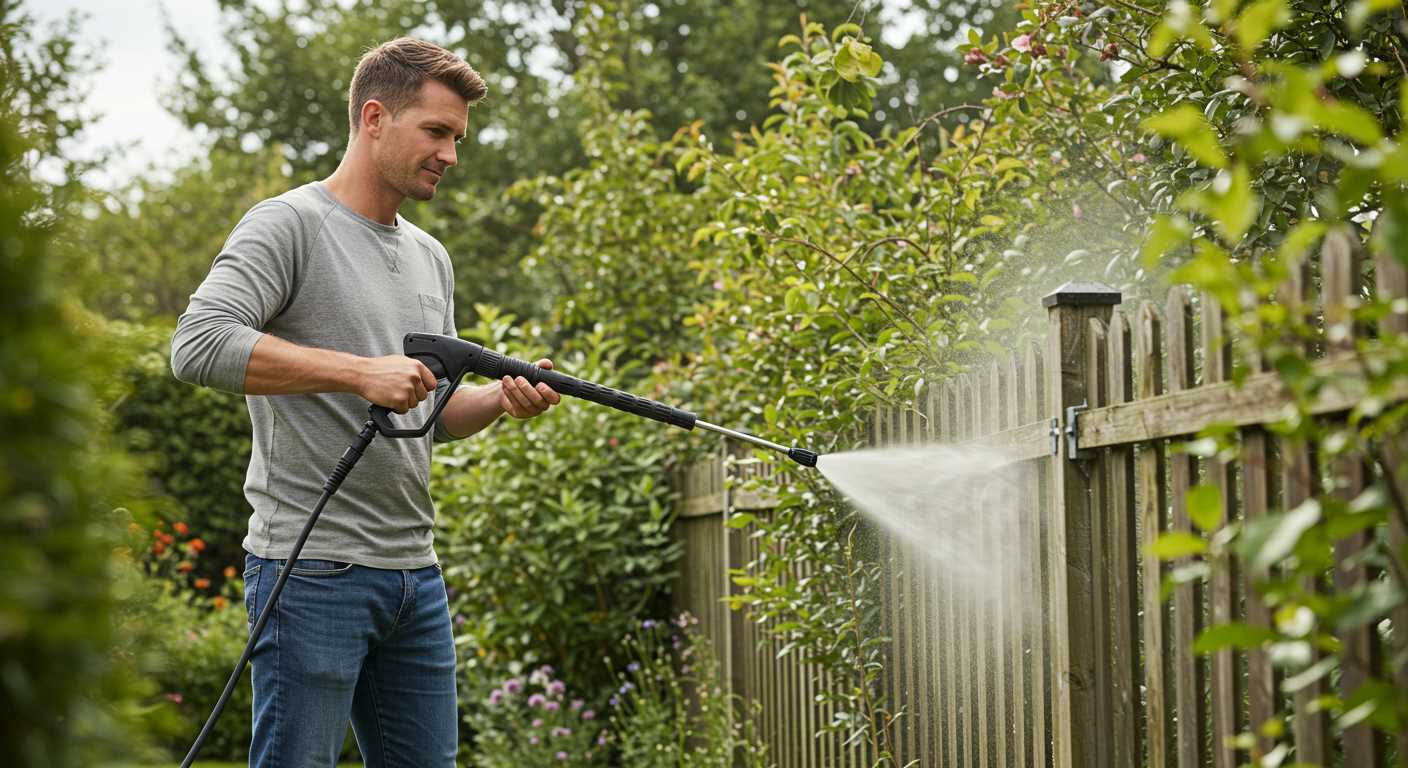
If you find that your machine isn’t reaching its typical force, it’s vital to inspect the intake strainer. A clogged strainer can significantly hinder water flow, resulting in below-par performance. Regularly cleaning or replacing this component ensures that sufficient water reaches the pump.
Check for signs of wear in the seals and O-rings within the system. Damaged or worn seals lead to leaks, causing a drop in overall efficiency. Periodic inspections and replacements can prevent these issues and maintain optimal functionality.
Verify that no kinks or blockages are present in the hose. A twisted or obstructed hose restricts water flow, affecting the overall force. Make sure the hose is straight and clear before each use.
Examine the nozzle for obstructions. A blocked nozzle can create an uneven flow or reduce output dramatically. Cleaning the nozzle regularly can prevent debris accumulation and enhance the machine’s effectiveness.
Evaluate the pump’s condition. Worn or damaged pumps often struggle to build adequate force. If you notice unusual sounds or leaks, it may be time to consult a professional for repair or replacement options.
Consider the water supply. Insufficient supply can lead to poor performance. Ensure that your water source provides a steady flow at the right specifications, as stipulated in the manufacturer’s guidelines.
Operating temperatures may also play a role. Using hot water can be beneficial for certain tasks but ensure the machine supports this. Overheating can cause various issues within the system, including diminished output.
Lastly, review the user manual for any specific recommendations regarding maintenance and operation. Following these guidelines will help preserve the machine’s functionality over time.
Common Causes of Pressure Loss in Electric Pressure Washers
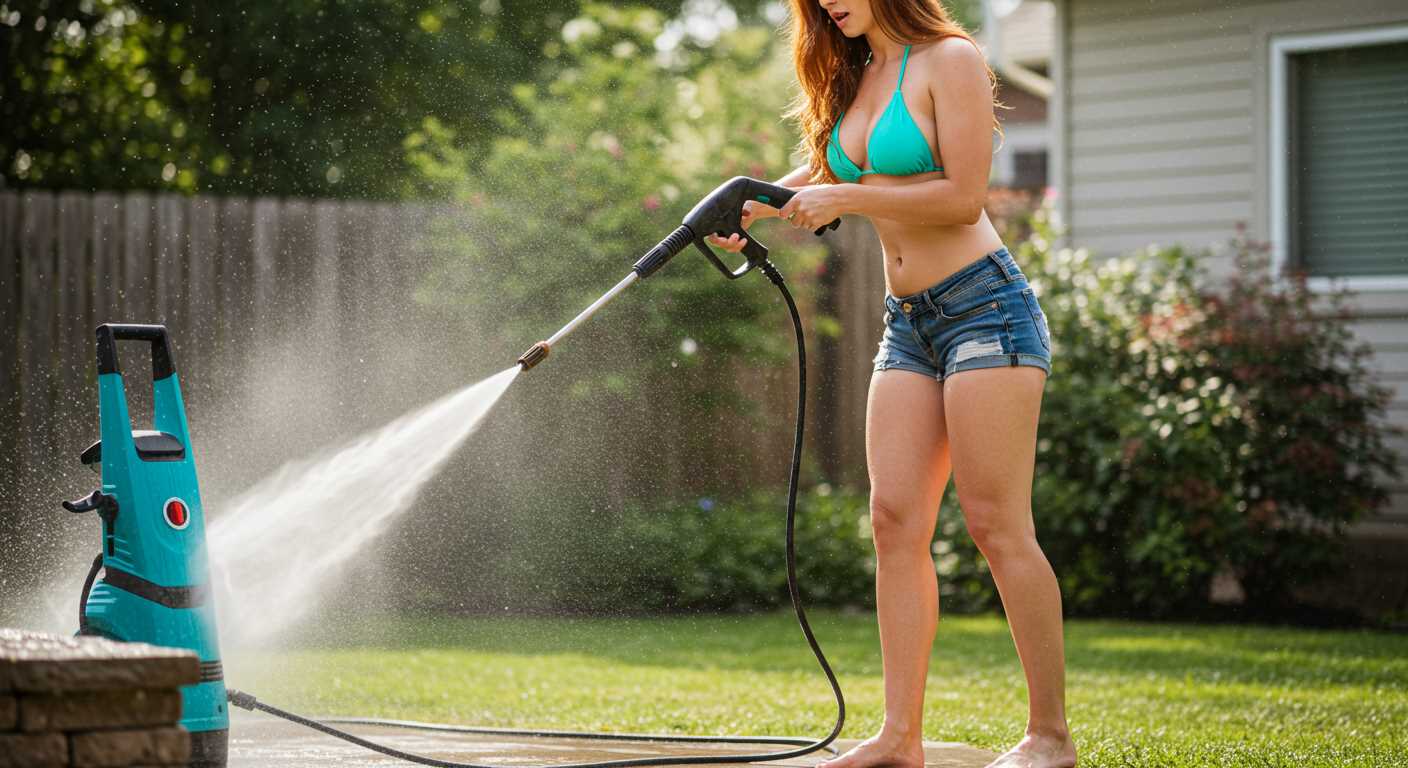
Check the following factors to address diminished output in your electric cleaning equipment:
- Unclogged Filters: Inspect inlet filters for debris. Clean or replace them to ensure optimal water flow.
- Leaky Connections: Examine hoses and fittings for cracks or loose connections. Tighten or replace as necessary to maintain a secure seal.
- Damaged Hose: Look for kinks, holes, or abrasions in the hose. A damaged hose can significantly affect the stream strength.
- Incorrect Nozzle Selection: Using the wrong nozzle size impacts water flow. Use a nozzle that matches your task requirements for best results.
- Faulty Pressure Regulator: Check the regulator for malfunctions. If it fails to properly control the output, replacement might be needed.
- Pump Issues: Inspect the pump for signs of wear or mechanical failure. Low water levels or lack of maintenance can cause pump inefficiency.
- Electrical Supply Problems: Ensure a stable electrical connection. A fluctuating power supply can hinder the pump’s performance.
- Air Leaks: Investigate for air leaks in the system. Such leaks can reduce the efficiency of operation, causing a decline in water output.
Monitoring these components ensures consistent performance. Regular maintenance is key to prolonging the lifespan of your electric cleaning tools.
How to Identify a Clogged Nozzle or Hose
To check for blockages, I recommend first disconnecting the nozzle from the gun and examining it carefully. A clogged nozzle may show signs of buildup or be completely obstructed. Clean it using a pin or needle, ensuring all debris is removed. If water still flows poorly through the nozzle after cleaning, replacement might be necessary.
Next, inspect the hose. Look for kinks, twists, or any visible cracks that may impede water flow. Lay the hose flat and run water through it without attachments. If the flow is weak or uneven, there could be an internal blockage or damage. Detach the hose and try flushing it with clean water to clear any obstructions.
Testing the System
After check-ups, it’s wise to reconnect the nozzle and hose, then power up the machine. Observe the water output carefully. An inconsistent spray pattern can indicate further obstructions. If the issue persists, consider using a specialised cleaning solution designed for pressure equipment to help dissolve stubborn buildup inside the nozzle or hose.
Regular Maintenance Tips
Consistent maintenance can prevent future clogs. Regularly rinse the nozzle and hose after use, and store them in a clean, dry area to prevent debris accumulation. Always check for clear water flow before operating the unit to ensure optimal performance.
Diagnosing Pump Issues that Affect Water Pressure
Start by checking the pump for any visible leaks. These can stem from worn-out seals or fittings, which compromise water flow. Tighten any loose connections and replace damaged seals to see if the situation improves.
Listen for unusual noises during operation, which might indicate a failing pump. Grinding or squealing sounds can signal internal wear or foreign debris lodged inside. If you suspect wear, disassemble the pump carefully, inspecting it for damaged components. Replace any worn parts to restore optimal functionality.
Another critical factor is the intake filter. Accumulated dirt or debris can restrict water entry into the pump, leading to insufficient output. Remove and clean the filter regularly to maintain a steady water flow. A clean filter allows the pump to operate more effectively.
Pay attention to the temperature of the pump. Overheating can occur if the machine runs without sufficient water supply or if the water is too hot. Ensure that the washer is operating within the recommended temperature range to avoid damage. An overheated pump may require replacement.
Check the unloader valve next. This component regulates the flow of water within the system. If it’s malfunctioning, it may not redirect water correctly, affecting output. Test the valve and adjust or replace it if necessary to ensure smooth operation.
If using an electric model, inspect the power supply. An unstable power source may lead to erratic operations and consequently inadequate water flow. Ensure that the machine receives a consistent power supply for reliable performance.
Checking for Air Leaks in Pressure Washer Connections
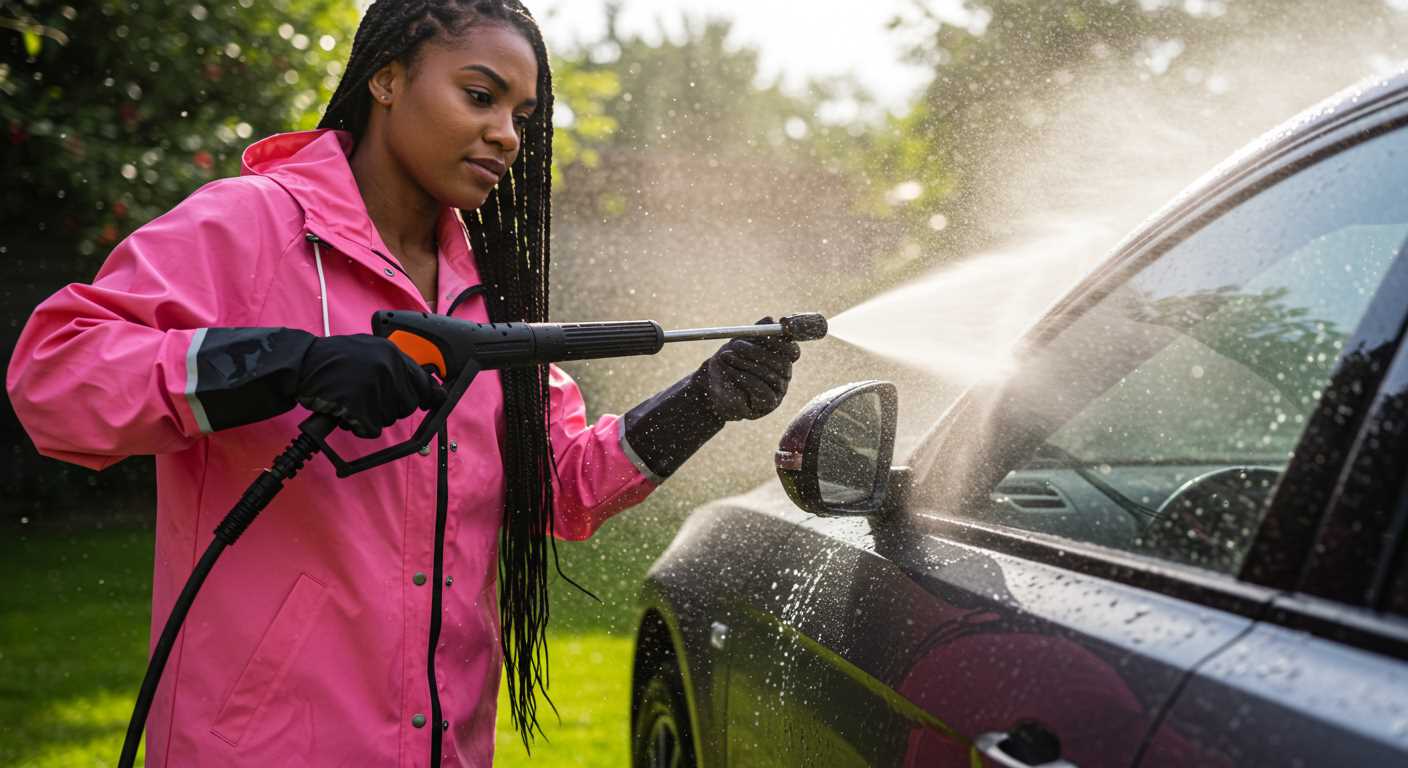
Inspect all hose and connection points for signs of air intrusion. A common issue involves loose fittings, which can lead to diminished performance. Use a wrench to tighten connections where necessary, ensuring a snug fit.
Apply soapy water to joints and areas around connections. Watch for bubbles forming–this is a clear indicator of air leaks. Pay special attention to the inlet and outlet of hoses and the pump assembly, as these are frequent culprits.
Examine seals and washers for wear or damage. A worn-out seal may not create a reliable barrier, allowing air to enter the system. Replacing compromised components will help restore proper functionality.
If you detect issues with fittings or hose integrity, consider replacing them entirely. Using high-quality, compatible parts is key to maintaining performance. Regular maintenance checks will significantly extend the lifespan of your equipment.
Finally, ensure the water supply is adequate and flowing freely. Air can be drawn into the system if the source is insufficient. A good flow prevents complications arising from air mixing with water, further safeguarding optimal performance.
Understanding the Role of Water Supply in Pressure Maintenance
Ensure that the water source delivers a steady flow rate of at least 5 litres per minute. A weak water supply directly undermines performance. Use a flow meter to monitor output if unsure.
Assessing Water Source Quality
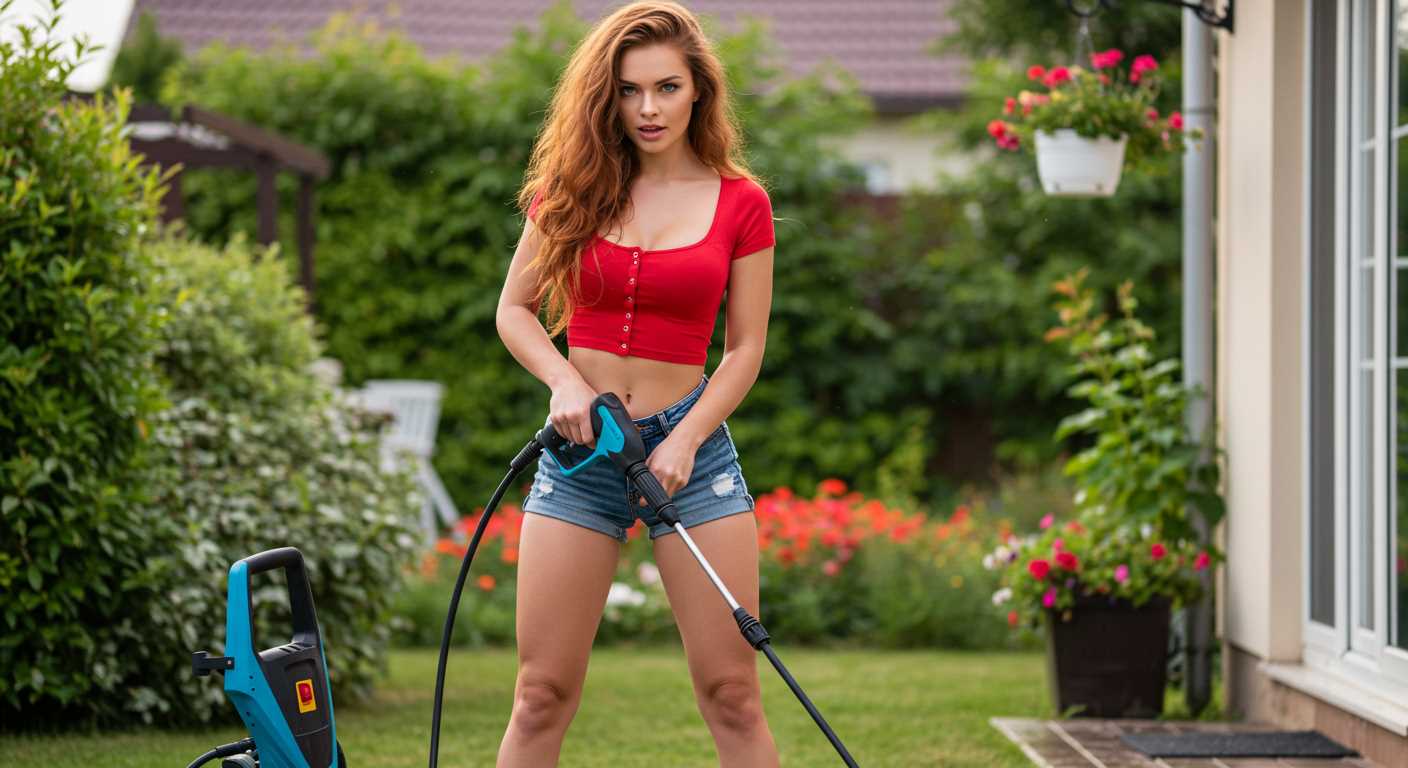
Examine your water supply for contaminants, such as dirt or sediment, which can impede flow. Installing a filter on the intake can prevent debris from entering the system, prolonging its lifespan and maintaining a consistent water stream.
Connection Dynamics
Examine all hoses and connections leading to the equipment. Any kinks or blockages will reduce efficiency. Check that fittings are secure and free from leaks. Use high-quality connectors to avoid water loss and ensure optimal connection integrity.
| Water Supply Assessment | Recommended Action |
|---|---|
| Flow Rate | Verify minimum of 5 litres/min |
| Contaminants | Install a filter to prevent debris |
| Hose Condition | Inspect for kinks and damages |
| Connection Security | Check fittings and tighten if needed |
Regular maintenance of your water source prevents many potential issues. Ensure proper supply before every use for peak performance. Remember, the water quality and flow significantly impacts overall cleaning efficacy.
Maintenance Tips to Prevent Pressure Drop
Regular maintenance is key to ensuring optimal performance. Clean filters frequently, as blockages can significantly affect flow rates.
Routine Inspection
Check all hoses and connections weekly. Look for signs of wear, cracks, or leaks. Replace any damaged components immediately to prevent further issues.
Water Supply Management
- Make sure the water source has ample flow. A minimum of 5 litres per minute is ideal.
- Use hoses that are at least 12mm in diameter to maximise water flow.
- Avoid long lengths of hose, as this can restrict water delivery.
Regularly examine and clean the inlet filter. Debris accumulation can restrict water intake.
Proper Storage
- Store the equipment in a dry environment to prevent corrosion.
- Winterise the model in colder months to protect internal components from freezing.
Inspect the nozzle regularly. Cleaning or replacing it helps maintain proper spray patterns, which influences performance.
Scheduled Maintenance
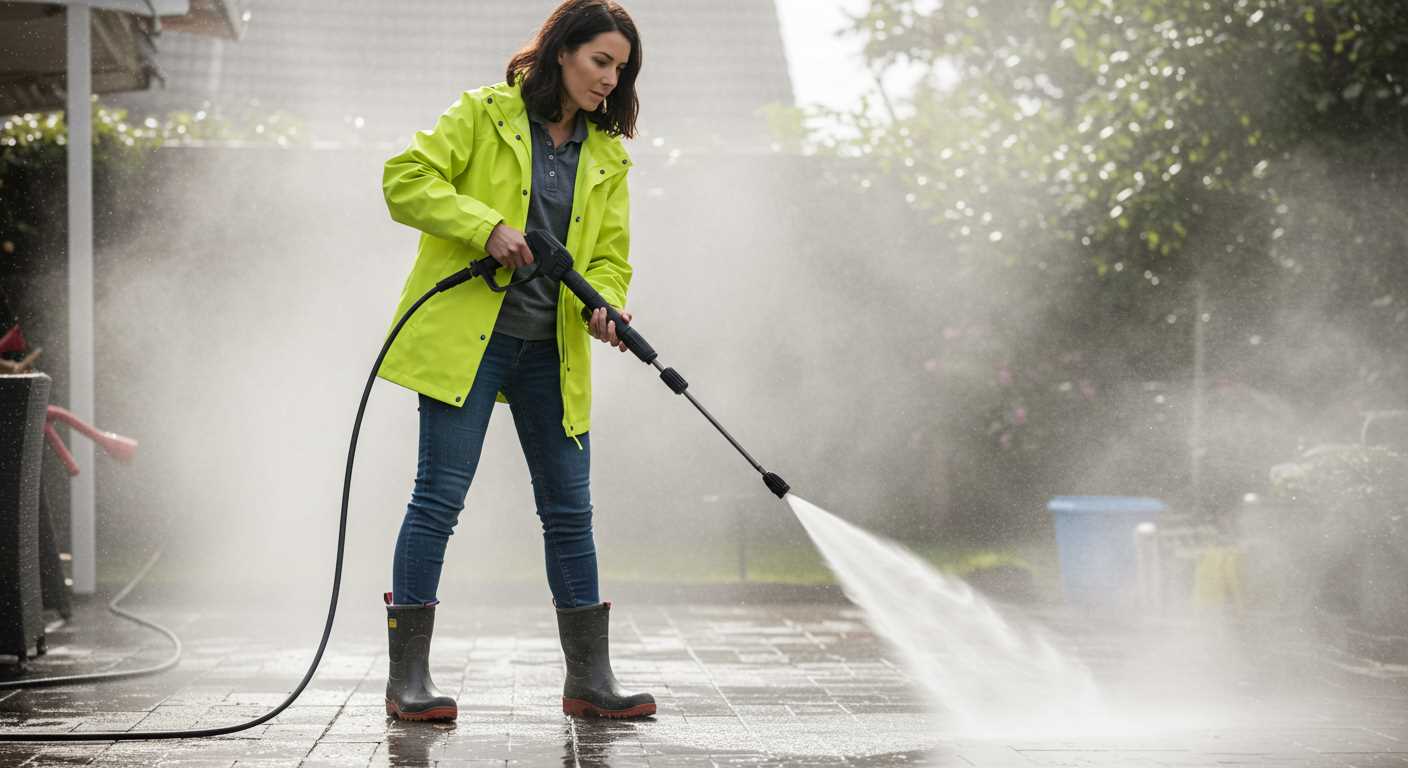
- Follow the manufacturer’s schedule for oil changes and pump maintenance.
- Use high-quality detergents suitable for your equipment to avoid damage.
These proactive measures can greatly extend the life of your equipment and maintain consistent output. By prioritising maintenance, you’ll enhance overall efficiency and reliability.







